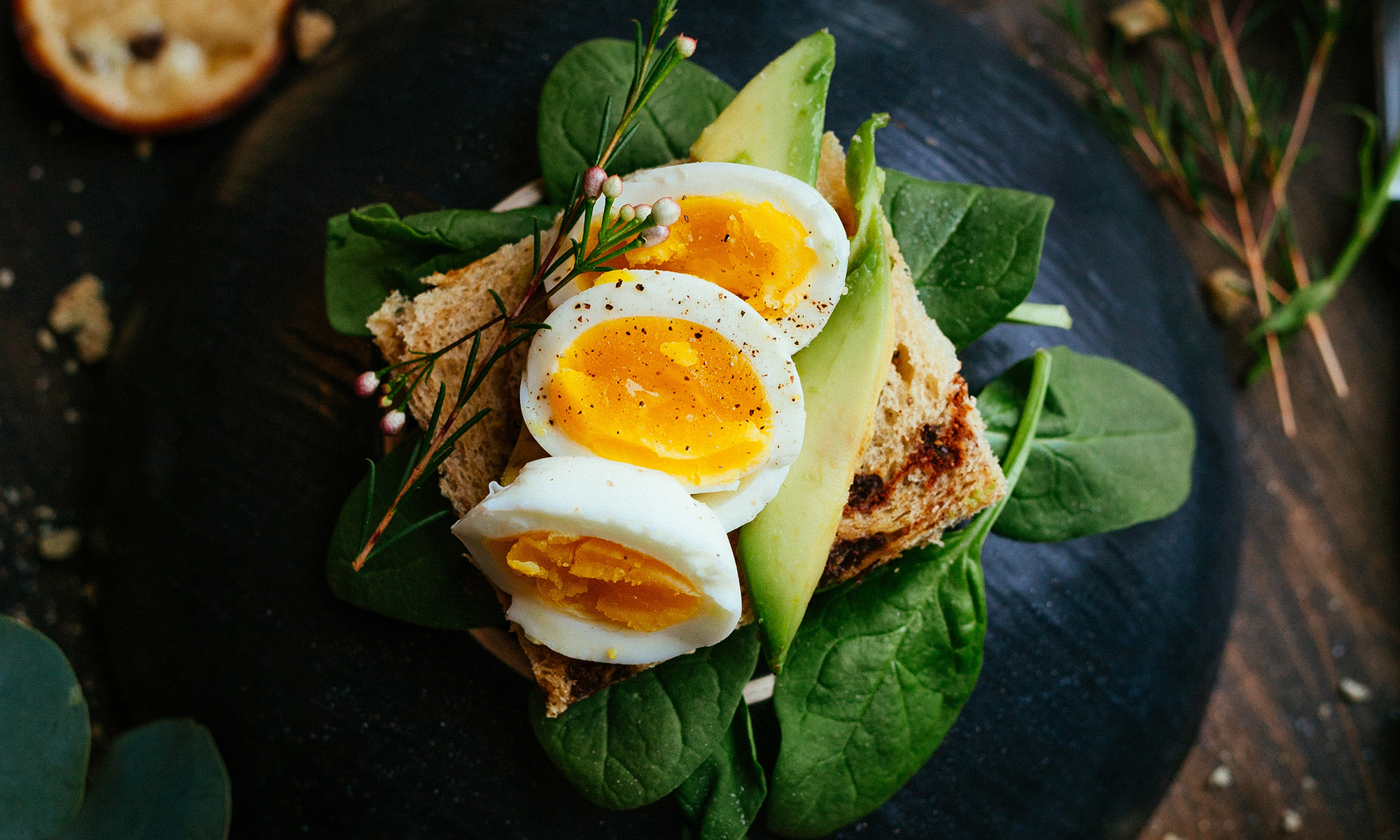 By some strange miracle, the blight never struck my tiny patch of soil. In fact, I have more tomatoes than in any other year before. This year, when I transplanted the tomatoes in the spring, I recalled a friend's advice: Prune the bottom two leaves and bury the root mound deeper than usual to allow for extra root growth and stability. Could this have made the difference? Thankfully, friends are quite enthusiastic about relieving me of my bounty.
By some strange miracle, the blight never struck my tiny patch of soil. In fact, I have more tomatoes than in any other year before. This year, when I transplanted the tomatoes in the spring, I recalled a friend's advice: Prune the bottom two leaves and bury the root mound deeper than usual to allow for extra root growth and stability. Could this have made the difference? Thankfully, friends are quite enthusiastic about relieving me of my bounty.
Every meal this week has a variation of tomatoes, basil, bread and mozzarella. Who knew you could make so many different variations with the same four ingredients.
Panzanella…
Bruschetta…
Strata…
Panzanella
Recipes abound for panzanella. Most suggest that stale bread needs to be soaked in water and then squeezed out. I don't fully understand the purpose of this step — obviously, the bread needs to soften up. But why not soften it in tomato juice?
2 cups cubed bread — stale or toasted
1 large cucumber
1 tsp. salt
2 tomatoes
8 oz. fresh mozzarella
fresh basil, chopped
2 tbs. extra virgin olive oil
salt and pepper to taste
1. Slice cucumbers. Toss with salt and let sit for 30 minutes.
2. Meanwhile, cube tomatoes and set aside in a small bowl. Cube mozzarella.
3. Drain excess water off of the cucumbers.
4. The tomatoes should start to give off water after 15 minutes of sitting. Take this liquid and toss with bread cubes.
5. Mix the remaining ingredients together just before serving. Adjust seasoning with salt and pepper to taste.
Tomato Mozzarella Strata
Strata is a breakfast dish, similar to a quiche or frittata.
3 tbs. butter
4 slices bread
3 eggs
1 cup milk
1/2 tsp salt
3 tbs. fresh herbs: basil, scallions, tarragon and/or parsley
1 tbs. finely diced celery
2 tomatoes, sliced
8 oz. ball fresh mozzarella, sliced
1. Melt butter in a 9" x 9" pyrex dish. Lay bread slices on top of melted butter.
2. In a mixing bowl, combine eggs, milk, herbs and celery. Season salt.
3. Pour egg mix over the bread.
4. Layer tomatoes and basil on top. Sprinkle with a little extra salt and pepper for seasoning.
5. Bake at 350 for 45 minutes or until eggs are set. Serving immediately.


